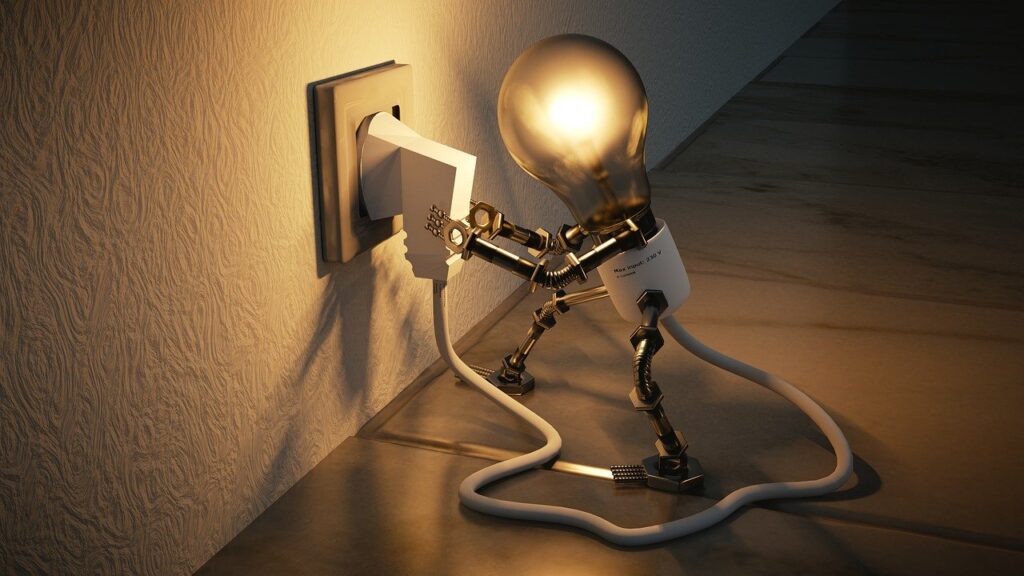There are many different forms in which alternative energy is available.
One of these is solar power. Solar power is driven by photovoltaic cells, and these are progressively getting less expensive and more advanced. Solar energy power can be used for electricity, heating, and making hot water. Solar energy produces no pollution, as its input comes completely from the sun’s rays. However, much more work still needs to be done in order for us to economically harness the sun’s energy. For the time being, the resource is a little too conditionalstorage batteries are needed to be used as backups in the evenings and on inclement days.
Wind energy has become the most-invested-in (by private investors and governments together) alternative energy source for the time being. The great arrays of triple-bladed windmills are being placed all over as wind farms, to capture the motion of the wind and use its kinetic energy for conversion to mechanical or electrical energy. Of course, there is nothing new about the concept of a windmill for harnessing energy. Modern wind turbines are simply are more advanced variations on the old theme. Of course, the drawback to wind energy is…what do you do when there is a calm, still day? Needless to say, during these times the electric company kicks in for powering your home or office. Wind energy is not altogether independent.
Hydroelectric energy is available as a source of alternative energy, and it can generate a substantial amount of power. Simply put, hydroelectric energy uses the motion of waterits flow in response to gravity, which means downhillto turn turbines which then generate electrical energy. Needless to say, water is ubiquitous; finding sources for driving hydroelectric turbines is, therefore, not much of a problem. However, hydroelectricity as a source of alternative energy can be complicated and expensive to produce. Dams are often built in order to be able to control the flow of the water sufficiently to generate the needed power. Building a dam to store and control water’s potential and kinetic energy takes quite a lot of work, and operating one is complex as well,and conservationists grow concerned that it. Of course, a dam is not always needed if one is not trying to supply the electrical needs of a city or other very densely populated area. There are small run-of-river hydroelectric converters which are good for supplying neighborhoods or an individual office or home.
Probably the most underrated and under-appreciated form of alternative energy is geothermal energy, which is simply the naturally-occurring energy produced by the heating of artesian waters that are just below the earth’s crust. This heat is transferred into the water from the earth’s inner molten core. The water is drawn up by various different methodsthere are dry steam power plants, flash power plants, and binary power plants for harnessing geothermal energy. The purpose of drawing up the hot water is for the gathering of the steam. The Geysers, approximately 100 miles north of San Francisco, is probably the best-known of all geothermal power fields; it’s an example of a dry stream plant.








